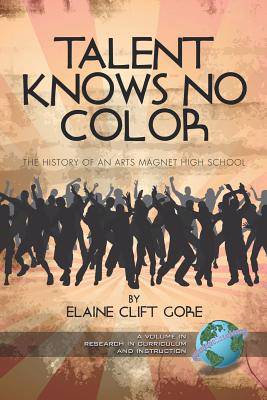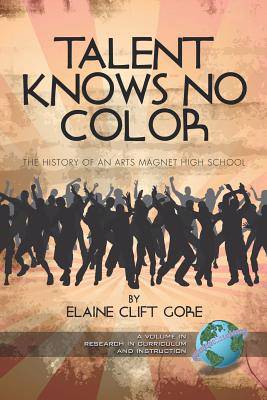
- Afhalen na 1 uur in een winkel met voorraad
- Gratis thuislevering in België vanaf € 30
- Ruim aanbod met 7 miljoen producten
- Afhalen na 1 uur in een winkel met voorraad
- Gratis thuislevering in België vanaf € 30
- Ruim aanbod met 7 miljoen producten
Zoeken
€ 84,95
+ 169 punten
Uitvoering
Omschrijving
In the summer of 1970, the members of the New Orleans Fifth Circuit Court of Appeals understood clearly the realities of race in the South. Houston, Texas, like other Southern cities, had made haste toward racial school desegregation as slowly as the White Southern Federal courts would allow. When the High School of Performing and Visual Arts opened its doors in Houston a year later, a new superintendent and liberal-dominated Board of Education wished to demonstrate the positive potential of a voluntarily desegregated student body. HSPVA was the first United States public school for the arts specifically used for racial desegregation purposes, the prototype for the first public urban magnet program of desegregation used to replace a standing court order, and a continuing prototype for other public magnet schools for the arts across the United States. Talent Knows No Color is a 35-year history of HSPVA, exemplary in both arts and academics, which chronicles multi-perspective participant experiences within the context of ever-changing district education policies and demographics. Ten years of school system and HSPVA archival research, examination of local newspapers, and oral history interviews allow a rich narrative unusual among the already limited number of scholarly histories of individual public schools. It is the description and analysis of everyday occurrences that assist the reader in understanding what Series Editor O. L. Davis, Jr. refers to as "the continuing, likely never ending, practical development of one particular high school and its curriculum."
Specificaties
Betrokkenen
- Auteur(s):
- Uitgeverij:
Inhoud
- Aantal bladzijden:
- 196
- Taal:
- Engels
- Reeks:
Eigenschappen
- Productcode (EAN):
- 9781593117610
- Verschijningsdatum:
- 26/06/2007
- Uitvoering:
- Paperback
- Formaat:
- Trade paperback (VS)
- Afmetingen:
- 156 mm x 234 mm
- Gewicht:
- 281 g

Alleen bij Standaard Boekhandel
+ 169 punten op je klantenkaart van Standaard Boekhandel
Beoordelingen
We publiceren alleen reviews die voldoen aan de voorwaarden voor reviews. Bekijk onze voorwaarden voor reviews.











